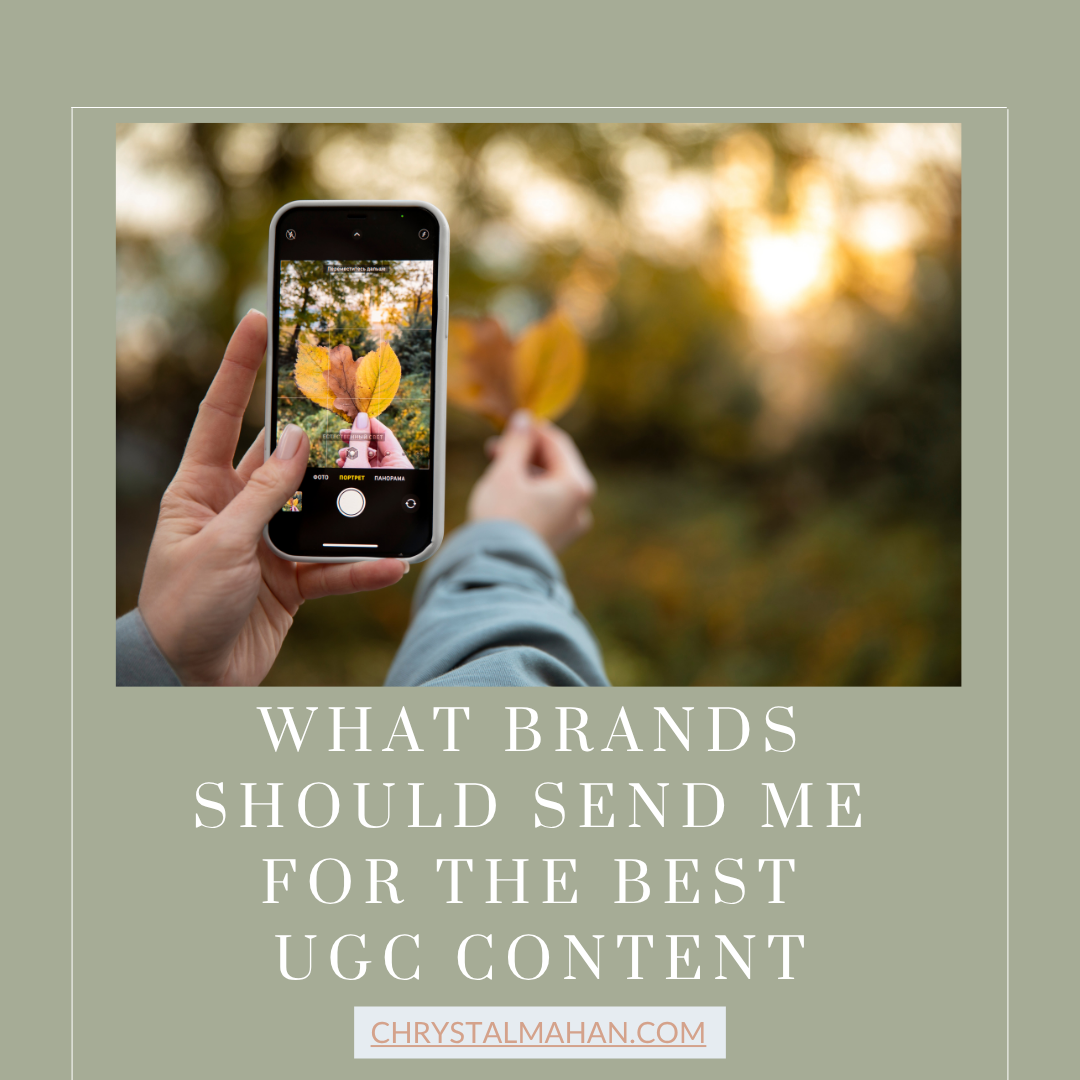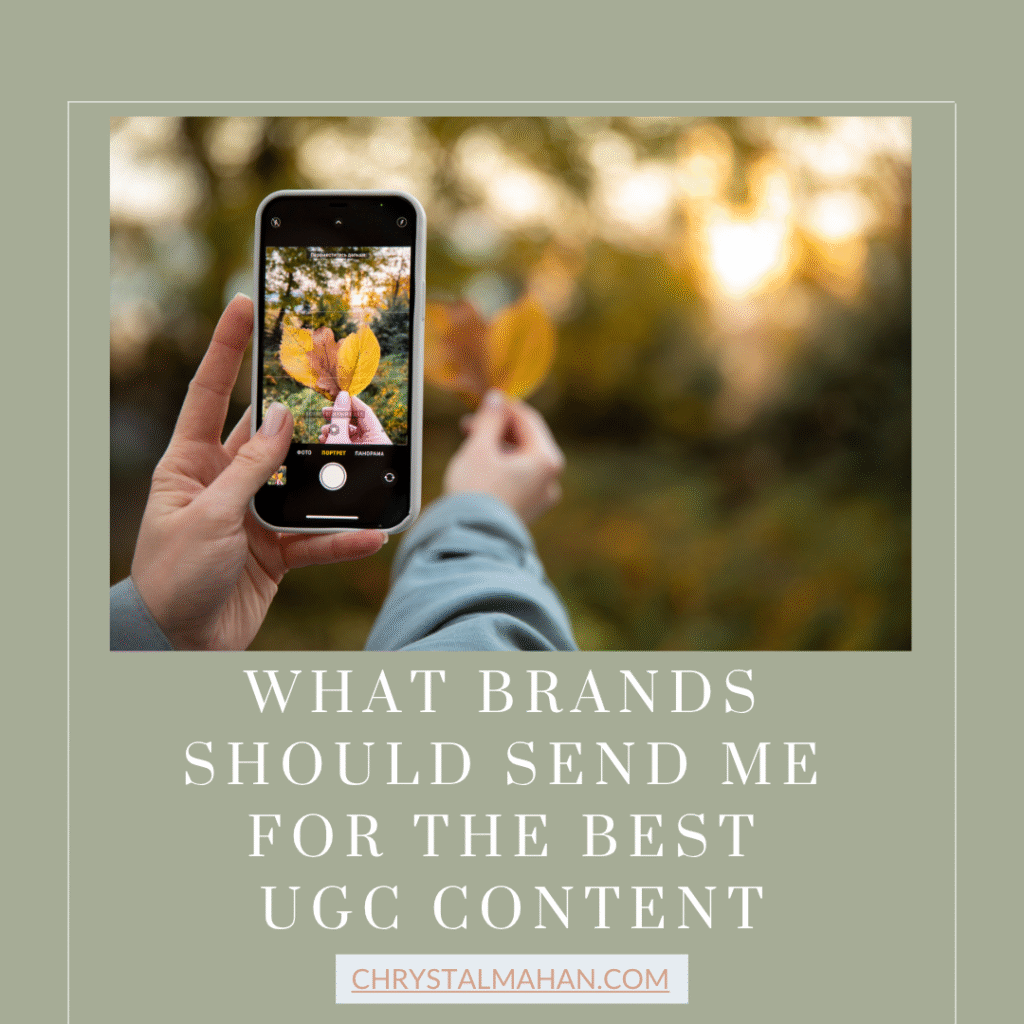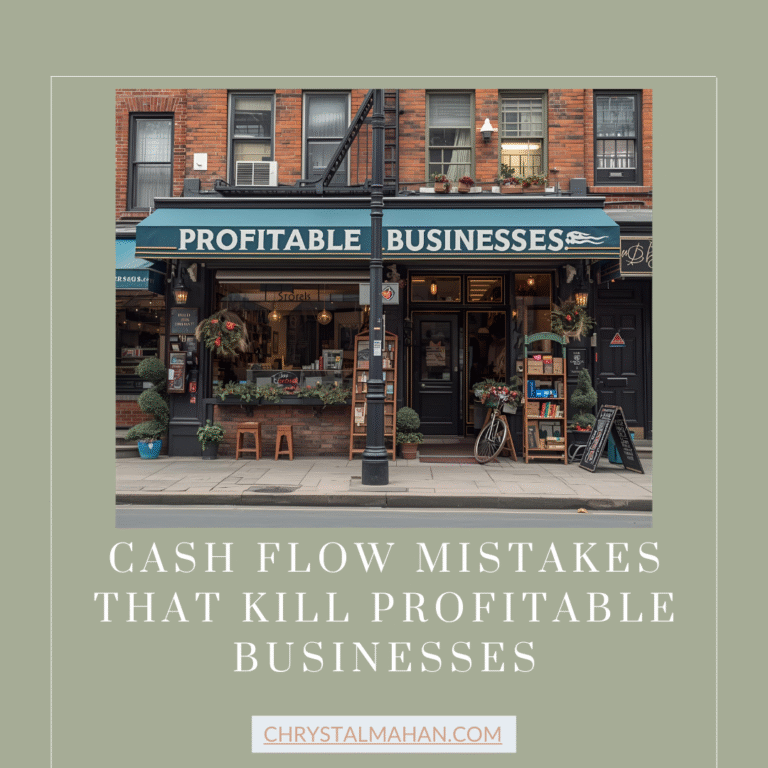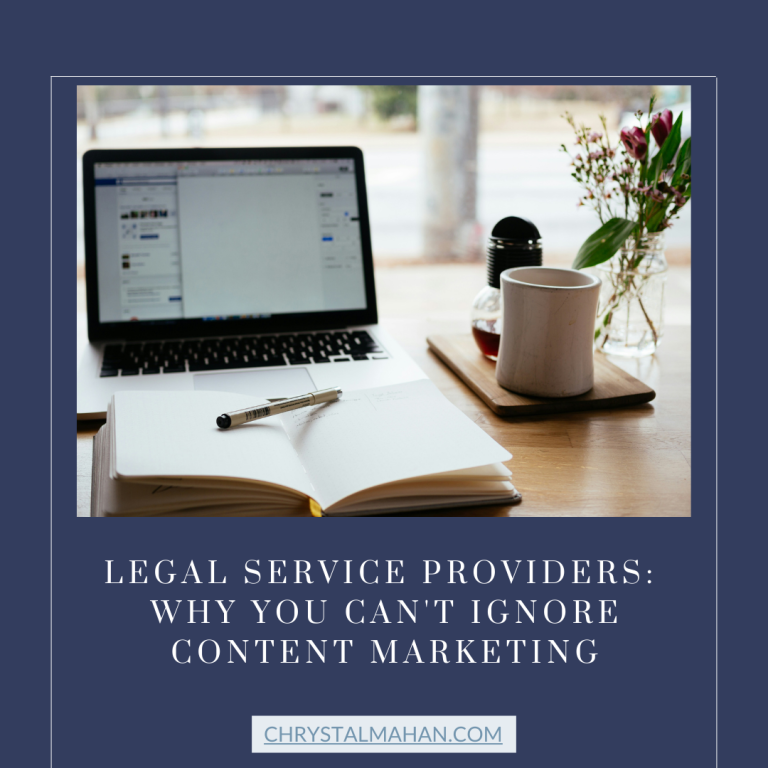What Brands Should Send Me for the Best UGC Content


Your brand has incredible products, but they are sitting on warehouse shelves instead of creating buzz on social media. Meanwhile, your competitors are generating thousands of views, shares, and sales through authentic user generated content that connects with real audiences. The difference between brands that win at UGC and those that struggle often comes down to one critical decision: what products they send to creators.
I have worked with dozens of brands across multiple industries, and I have seen firsthand how the right product selection can transform a UGC campaign from forgettable to phenomenal. Some brands send me products that practically create themselves into viral content. Others send items that leave me staring at my camera, wondering how to make the content engaging. The gap between these experiences is not about my creativity or skills. It is about understanding which products translate beautifully to short form video and which ones fall flat.
If you are ready to invest in UGC content that drives real results, you need to understand the strategic thinking behind product selection. This guide will walk you through exactly what types of products create the most compelling content, why certain items perform better than others, and how to choose what to send for maximum impact. By the end, you will know precisely how to set your content creators up for success and your brand up for visibility that converts.
Products That Solve Visible Problems Create Authentic Stories
The most powerful UGC content showcases transformation. When you send products that solve a visible, relatable problem, you give creators the foundation for authentic storytelling that resonates with viewers. These products work because they tap into pain points your audience already experiences, making the before and after moment genuinely compelling rather than forced or staged.
Think about skincare products that address specific concerns like dark circles, dry patches, or uneven texture. These items photograph and film beautifully because the difference is visible. Creators can show the problem in natural lighting, apply the product, and demonstrate results over time. The narrative writes itself because the transformation is real and documentable. Viewers watching this content see themselves in the creator’s experience, which builds trust and drives purchasing decisions.
The same principle applies across categories. Organizational products that transform cluttered spaces into tidy systems, kitchen gadgets that turn complicated recipes into simple processes, or tech accessories that solve everyday frustrations all provide that crucial visual journey. When selecting what to send, ask yourself whether someone watching a 30 second video can clearly see the problem your product solves and understand why it matters to them. If the answer is yes, you have identified content gold.
Products that require lengthy explanations or have subtle benefits often struggle in the UGC format. While they may be excellent quality items, they do not translate well to the quick, scrollable content that dominates social platforms. Save those products for longer form reviews or written content, and focus your UGC strategy on items where the value proposition is immediately visual and emotionally resonant.
Everyday Use Items Generate Consistent Content Opportunities
Brands that send products people use daily unlock the potential for ongoing content creation rather than one time posts. These items naturally integrate into creators’ lives, which means they appear organically in various contexts and scenarios. This repeated exposure builds familiarity and trust with audiences in ways that single use or occasional items simply cannot match.
Consider products like water bottles, phone cases, planners, or coffee accessories. These items get used multiple times per day, creating numerous opportunities for casual, authentic content. A creator might feature your water bottle in a morning routine video, a workout clip, a desk setup tour, and a travel packing video all within the same month. Each appearance reinforces your brand without feeling repetitive because the context changes naturally.
Everyday items also benefit from the “show, don’t tell” approach that makes UGC so effective. Instead of explaining why your product is useful, creators simply use it while documenting their real lives. Viewers see the product functioning in genuine situations, which is far more persuasive than any scripted advertisement could be. This organic integration makes the content feel like a recommendation from a friend rather than a paid promotion.
When evaluating your product line for UGC potential, prioritize items that fit seamlessly into daily routines. Products that replace something people already use regularly or that enhance existing habits have built in content opportunities. They become part of the creator’s lifestyle rather than a one off feature, generating far more value from your initial investment in the partnership.
Visually Distinctive Products Stand Out in Crowded Feeds
Social media is an incredibly visual medium, and products that photograph or film beautifully have an enormous advantage in capturing attention. When scrolling through hundreds of posts, viewers stop for content that is aesthetically pleasing, colorful, unique, or visually interesting. Your product needs to earn that pause, and distinctive visual appeal is one of the most reliable ways to achieve it.
Products with bold colors, interesting textures, or unique designs naturally draw the eye. Packaging matters tremendously in UGC content, perhaps even more than you might expect. Unboxing moments remain popular across platforms because they tap into the excitement of receiving something new, and beautiful packaging elevates that experience. If your product arrives in premium, photogenic packaging, creators can build content around the entire experience from delivery to first use.
The physical characteristics of your product also impact how versatile it is for different content formats. Items that look good from multiple angles give creators more options for shots and compositions. Products that work well in both close up detail shots and wider lifestyle scenes provide flexibility that makes the creator’s job easier and the resulting content more dynamic. Consider how your product will appear in various lighting conditions, backgrounds, and settings.
Avoid sending products that blend into backgrounds or lack visual interest. While functionality is important, in the UGC space, appearance is not superficial but essential. A beautifully designed product signals quality and care, which translates to content that viewers want to engage with and share. If your product looks like every other option on the market, it will be difficult for creators to make it stand out, no matter how talented they are.
Products With Clear Unique Value Propositions Simplify Messaging
Creators need to communicate why your product matters within seconds, often while competing with distractions and the temptation to keep scrolling. Products with clear, unique value propositions make this task dramatically easier and result in more effective content. When what makes your product special can be explained quickly and demonstrated visually, you unlock the full potential of UGC storytelling.
The best UGC friendly products have one standout feature or benefit that differentiates them from everything else in their category. Maybe your travel mug keeps drinks hot for 24 hours while competitors max out at 12. Perhaps your planner has a unique layout system that solves a common organizational problem. Whatever that differentiator is, it should be something creators can show, not just tell. Demonstration always beats description in short form content.
Products that try to do everything or that have multiple competing selling points often result in muddled content. Creators struggle to decide what to focus on, and viewers end up confused about what the product actually does well. This does not mean your product should be simple or basic, but rather that its primary benefit should be immediately obvious. Secondary features can be mentioned, but the main value proposition needs to shine through clearly.
When briefing creators on your product, if you find yourself providing a lengthy explanation or multiple talking points, that is a signal the product might be challenging for UGC. The most successful collaborations happen when creators instinctively understand what makes the product special and can communicate that naturally in their own voice. Clear differentiation makes great content almost inevitable, while complex positioning makes great content much harder to achieve.
Building Successful Brand Partnerships Through Strategic Product Selection
Understanding what products create the best UGC content is just the beginning. The real success comes from approaching creator partnerships strategically, with clear goals and realistic expectations. Brands that treat product selection as a thoughtful strategic decision rather than randomly sending whatever is available consistently see better results from their UGC investments.
Start by auditing your product line through the lens of content creation potential. Which items solve visible problems? Which ones get used daily? Which are visually distinctive? Which have clear unique value propositions? The products that check multiple boxes are your UGC all stars. These should be your priority for creator partnerships because they set everyone up for success.
Communication is equally important. When reaching out about collaborations, be clear about what makes your product special and why you think it would resonate with the creator’s audience. Share any specific features or benefits you want highlighted, but also give creators the freedom to tell authentic stories in their own style. The best UGC feels genuine because it is genuine. Overly scripted content defeats the purpose of working with creators in the first place.
Consider sending products in combinations that tell a bigger story or that work together to solve a comprehensive need. A skincare brand might send a complete routine rather than a single product. A kitchen brand might send coordinating tools that work together for a specific cooking technique. These thoughtful combinations give creators more content opportunities and demonstrate that you understand how your products fit into real life usage patterns.
Ready to Create Content That Converts
The difference between UGC that drives results and content that disappears without impact often comes down to product selection. When you send items that are visually appealing, solve clear problems, fit into daily life, and have obvious unique benefits, you empower creators to produce their best work. That work translates directly into engagement, trust, and ultimately sales for your brand.
You do not need an enormous budget or a massive influencer to create effective UGC. You need strategic thinking about what you send and who you partner with. The brands winning at user generated content are not necessarily the ones with the biggest names or the largest creator rosters. They are the ones who understand that great content starts with great product choices and authentic partnerships.
If you are ready to develop a UGC strategy that actually works, I would love to explore how we can collaborate. Browse through more posts on my site to learn additional strategies for digital marketing success, and let me know if you would like to join me for a virtual coffee to discuss how we can create compelling content for your brand. Together, we can identify which of your products have the most potential and build a content strategy that showcases them in the most authentic, engaging way possible.






